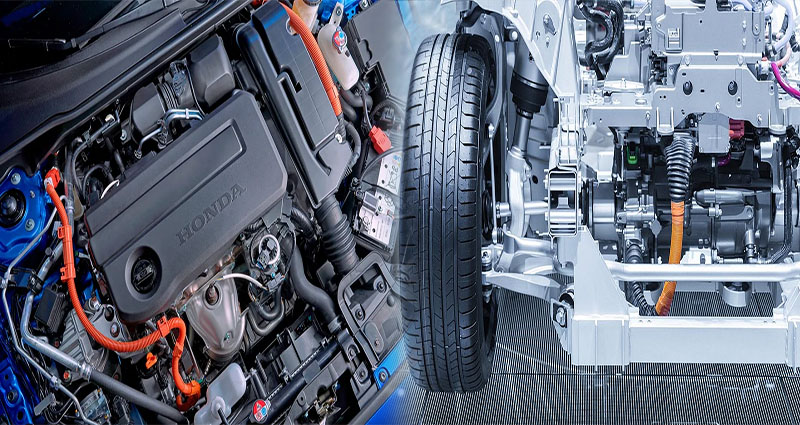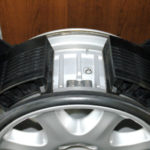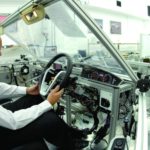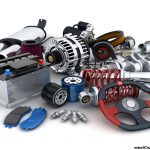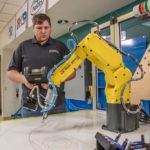Electric vehicles (EVs) are becoming an increasingly popular choice for environmentally conscious consumers. While electric cars may look and feel similar to traditional internal combustion engine vehicles, their internal components operate using different technologies to ensure smooth and efficient performance. In this article, we will take a closer look at the detailed functions of key electric car components and their roles.
Electric Motor
The electric motor is the heart of the electric vehicle. It converts electrical energy from the battery into mechanical power that drives the wheels. The motor is typically located near or directly on the wheels, providing instant torque and efficient power delivery to propel the vehicle.
Battery
The battery is the central component of an electric vehicle’s powertrain. It stores the electrical energy required to power the electric motor. Lithium-ion batteries are the most commonly used battery technology in EVs thanks to their high energy density, long cycle life, and fast charging ability.
Power Electronics
Power electronics are responsible for managing the flow of electricity between the battery, electric motor, and other vehicle systems. They convert direct current (DC) power from the battery into alternating current (AC) power that the electric motor can use. Power electronics also monitor and control the temperature and voltage of the battery to optimize performance and extend its lifespan.
Regenerative Braking System
EVs use regenerative braking systems to capture energy from the wheels when they slow down or stop. The system converts the kinetic energy generated during braking into electrical energy and stores it in the battery. This process extends the driving range of the vehicle, making it more efficient.
Charging System
The charging system provides the electrical energy required to recharge the battery. There are three main types of charging systems – Level 1, Level 2, and DC Fast Charging. Level 1 and Level 2 charging systems use alternating current (AC) power and can be used with a standard household power outlet or a dedicated charging station, respectively. DC Fast Charging systems use direct current (DC) power and can provide a significant amount of charge in a short period of time.
Onboard Charger
The onboard charger is responsible for converting the AC power received from the charging system into DC power that the battery can use. The onboard charger also monitors the battery’s voltage and temperature to ensure that the battery receives the proper amount of charge and is not damaged during charging.
Drive Controller
The drive controller is responsible for controlling and managing the power sent to the electric motor. It ensures that the motor operates efficiently and smoothly, and that the power sent to the wheels is appropriate for the vehicle’s speed and acceleration.
Electric cars operate using a range of different components that work seamlessly together to provide efficient and smooth performance. From the electric motor to the battery, power electronics, regenerative braking system, charging system, onboard charger, and drive controller, each component has a vital role to play in the overall operation of the vehicle. By understanding these key components and their functions, consumers can make informed decisions when choosing an electric vehicle that best suits their needs.

